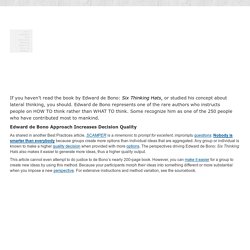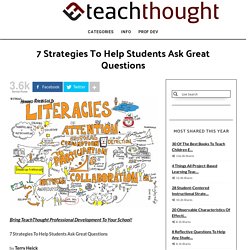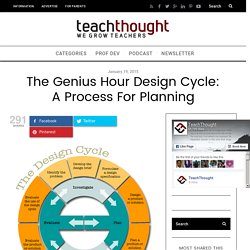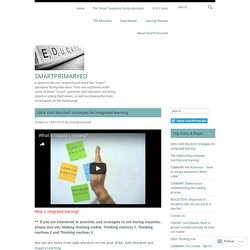

Edward de Bono: Six Thinking Hats Provide Strong Stimulus for Ideation. Edward de Bono Approach Increases Decision Quality As shared in another Best Practices article, SCAMPER is a mnemonic to prompt for excellent, impromptu questions.

Nobody is smarter than everybody because groups create more options than individual ideas that are aggregated. Any group or individual is known to make a higher quality decision when provided with more options. The perspectives driving Edward de Bono: Six Thinking Hats also makes it easier to generate more ideas, thus a higher quality output. This article cannot even attempt to do justice to de Bono’s nearly 200-page book. Edward de Bono Six Thinking Hats Comments Edward de Bono Six Thinking Hats Options Use Edward de Bono’s Six Thinking Hats approach to force perspective and capture new ideas: Mosaic Facilitation Sequence: Using the Hats A meeting may start with everyone assuming the Blue hat and agree on the meeting goals and objectives.
Conclusion Effective facilitation does not rely on the use of ‘hats.’ Key Features - Nau mai haere mai. The KEY FEATURES of Tony Ryan's Thinkers Keys Tony Ryan’s Thinker Keys are used in educational settings world-wide to help children think critically and creatively, encouraging children to think outside the square.

These keys are a fantastic, innovative and practical resource helping teachers encourage students to think in different ways, providing students with “…strong coping mechanisms for their uncertain future” (Ryan, 1990, p.3) particularly as we live in an ever-changing world with an ever-changing curriculum.Tony Ryan (1990) stated how “…the majority of the Keys place emphasis upon the development of innovative and creative thinking” (p.2), and he has done this for the following reasons … 1. Creative thinking can be exciting and enjoyable.
This active participation can then create a positive attitude towards the learning process. 2. The stimulation of creativity in learning heightens the emotional link with that learning. Inquiry Pedagogy - 21st Century HSIE. What is Inquiry Pedagogy?

Pedagogy is defined as “any conscious activity by one person designed to enhance learning in another” (Watkins & Mortimer, 1999, p. 3). Inquiry pedagogy therefore, is based around a set of teaching and learning strategies that involve student-centred research and investigation that encourages metacognitive thought processes, discussion and collaboration. Carroll defines Inquiry Pedagogy as an understanding about society and its interactions that "requires us to seek out knowledge as well as apply historical skills to determine why events occurred and what motivated the people to take the action they took" (2012)
Inquiry/Project based learning. 7 Strategies To Help Students Ask Great Questions. Bring TeachThought Professional Development To Your School!

7 Strategies To Help Students Ask Great Questions by Terry Heick Questions can be extraordinary learning tools. A good question can open minds, shift paradigms, and force the uncomfortable but transformational cognitive dissonance that can help create thinkers. In education, we tend to value a student’s ability to answer our questions. The latter is a topic for another day, but the former is why we’re here. 8 Strategies To Help Students Ask Great Questions 1. The TeachThought Learning Taxonomy is a template for critical thinking that frames cognition across six categories. It imagines any learning product, goal, or objective as a “thing,” then suggests different ways to think about said “thing”–mitosis, a math formula, an historical figure, a poem, a poet, a computer coding language, a political concept, a literary device, etc. 1. 2. 3. 4. 5. 6.
A literary device–a metaphor example, is usually studied in isolation. The upside? The Genius Hour Design Cycle: A Process For Planning - 3.

Some students need a push in the right direction Some students will come up with projects that are too simple with answers that could be easily Googled. We introduced the students to ‘High Order Thinking Skills’ and built these into the planning forms students complete. Projects need to include elements of synthesis, evaluation and creativity with the minimum requirement adjusted for individuals. We provide students with a list of verbs appropriate for the top levels of Bloom’s taxonomy and help them use these in framing their topics. 4.
A student might have a passion for surfing and decide they are going to write a book about the history of the sport. 5. It can be hard to say no to a project but some are just not feasible. 6. Some projects will clearly take longer than you have available, others are simply too large in scale or will rely on the involvement of too many people. Inquiry learning. Inquiry learning. IDEA: Kath Murdoch strategies for integrated learning. What is integrated learning?

** If you are interested in activities and strategies to use during inquiries, please also see: Making thinking visible, Thinking routines 1, Thinking routines 2 and Thinking routines 3. You can see more from Kath Murdoch on the post: IDEA: Kath Murdoch and Inquiry Learning An integrated curriculum is a way to teach students that attempts to break down barriers between subjects and make learning more meaningful to students. There are various planning models and approaches for integrated curriculums. An advantage being the value of helping students to make connections within and across learning areas. Kath Murdoch’s inquiry-based Framework for a sequence of activities and some strategies that you can plan to utilise when you teach your inquiry: * tuning in Tuning in: * finding out Finding out: * sorting out Sorting out: Through dance and drama Free movementFreeze frameMimeThe conscience gamePuppet playsRole-playTalk showsSimulations Through media and visual arts.
Inquiry learning. Inquiry based learning Poster.